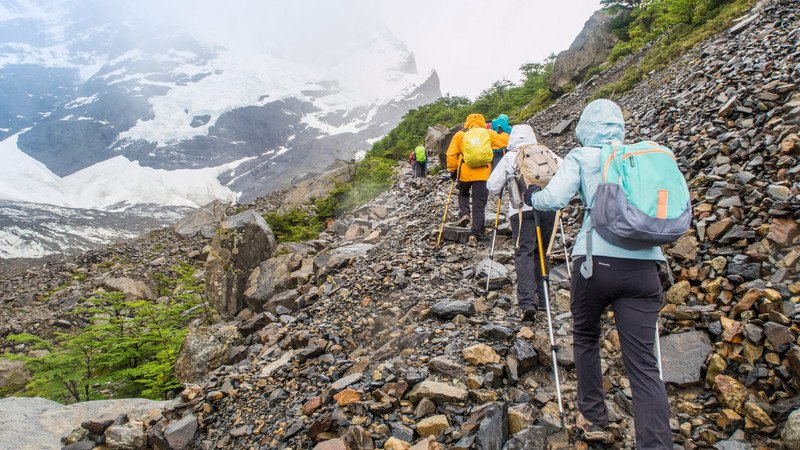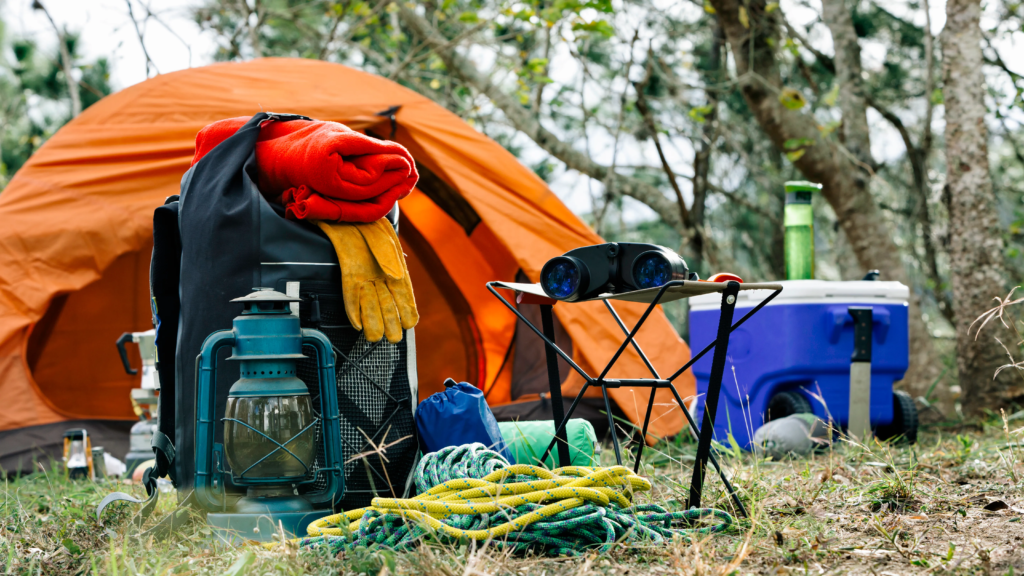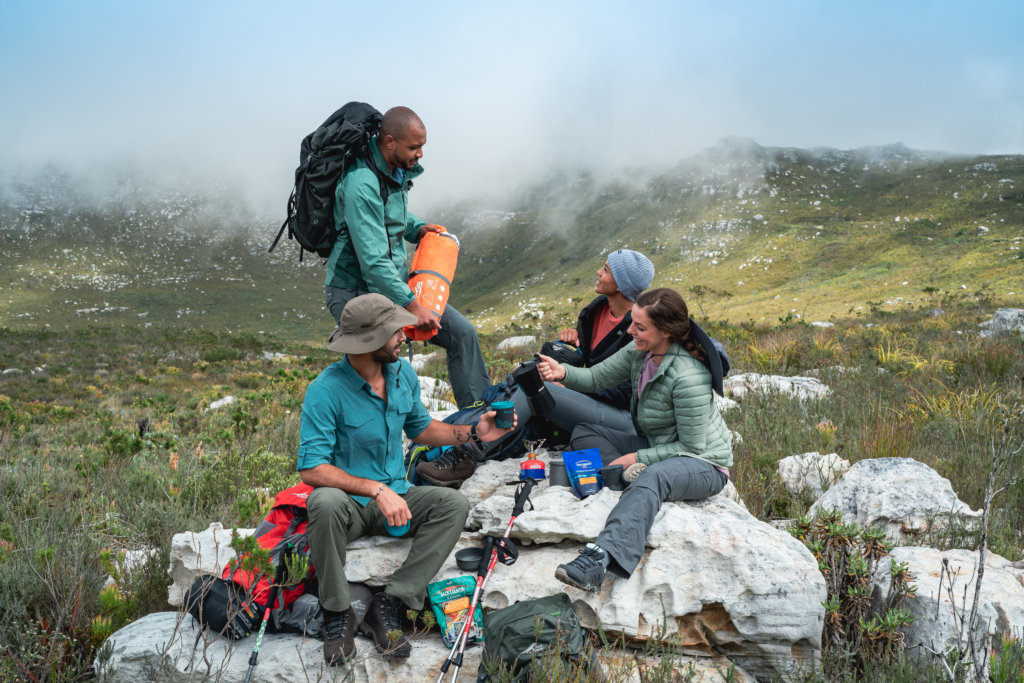Hiking is a fantastic way to connect with nature, challenge your physical limits, and create lasting memories. Whether you’re an experienced hiker or a novice, planning an epic hiking trip requires careful consideration and preparation. This guide will walk you through the steps to plan an unforgettable hiking adventure. By following these steps, you can ensure a safe and enjoyable experience for yourself and your fellow hikers.
1. Choose Your Destination
The first step in planning an epic hiking trip is choosing your destination. Consider what type of experience you want. Do you prefer a challenging mountain hike, a serene forest walk, or a coastal adventure? Your choice of destination will influence the level of difficulty, gear required, and the overall experience.
Some popular hiking destinations include:

– National Parks: Explore iconic parks like Yosemite, Yellowstone, or the Grand Canyon.
– Long-Distance Trails: Consider famous routes like the Appalachian Trail or Pacific Crest Trail.
– International Treks: Explore international destinations like the Inca Trail in Peru or the Camino de Santiago in Spain.
2. Set a Budget

Determine your budget for the trip. Expenses can include travel, accommodation, permits, food, and gear. It’s essential to be realistic about what you can afford. Research costs for the destination and plan accordingly. Remember, hiking doesn’t have to be expensive, as you can often find low-cost options for many aspects of your trip.
3. Select the Right Time
When planning an epic hiking trip, timing is crucial. Consider the following factors:

– Weather: Check the weather patterns for your destination and plan your trip during a favorable season.
– Crowds: Some trails can get crowded during peak seasons, so consider visiting during the shoulder season or on weekdays.
– Permit Availability: Certain trails require permits, which can be limited. Research and apply for permits well in advance.
4. Gather Your Gear
Having the right gear is essential for a successful hiking trip. Start with the basics:

– Hiking Boots: Invest in a good pair of comfortable, waterproof boots.
– Backpack: Choose a suitable backpack with enough space for your essentials.
– Clothing: Dress in layers and consider the climate of your destination.
– Navigation Tools: Bring maps, a compass, or a GPS device.
– Tent and Sleeping Bag: If camping, make sure your gear is lightweight and appropriate for the conditions.
5. Create an Itinerary
Draft a rough itinerary to help you stay organized. Include the following details:

– Daily Mileage: Plan how far you’ll hike each day.
– Camping Spots: Identify where you’ll set up camp.
– Rest Days: Consider rest days to prevent burnout.
– Emergency Contacts: Share your itinerary with a trusted friend or family member.
6. Research the Trail
Thoroughly research the trail you’ll be hiking. Read guidebooks, browse online forums, and consult with experienced hikers. Learn about:

– Trail Difficulty: Know the trail’s rating (easy, moderate, difficult).
– Water Sources: Identify where you can refill your water supply.
– Wildlife and Flora: Familiarize yourself with the local plants and wildlife.
7. Safety First
Safety is paramount when planning a hiking trip. Take these precautions:

– First Aid Kit: Pack a comprehensive first aid kit.
– Emergency Communication: Carry a satellite phone or a Personal Locator Beacon (PLB).
– Leave a Trip Plan: Provide your itinerary to a trusted person who can alert authorities if you don’t return on time.
8. Leave No Trace
Responsible hiking means leaving no trace of your presence. Follow Leave No Trace principles:

– Pack It In, Pack It Out: Don’t litter, and dispose of waste properly.
– Stay on the Trail: Avoid creating new paths and damaging the environment.
– Respect Wildlife: Observe animals from a distance and don’t feed them.
9. Final Preparations
As your departure date approaches, make final preparations:

– Check Your Gear: Ensure everything is in working order.
– Food and Water: Plan your meals and pack non-perishable, lightweight foods.
– Health and Fitness: Assess your physical condition and make any necessary adjustments to your itinerary.
10. Embark on Your Epic Hiking Trip

The time has come to embark on your adventure. Follow your itinerary, enjoy the scenery, and be mindful of your impact on the environment. Remember that hiking is not only about reaching the destination but also about the journey itself.






